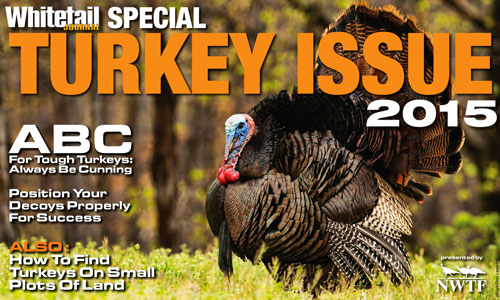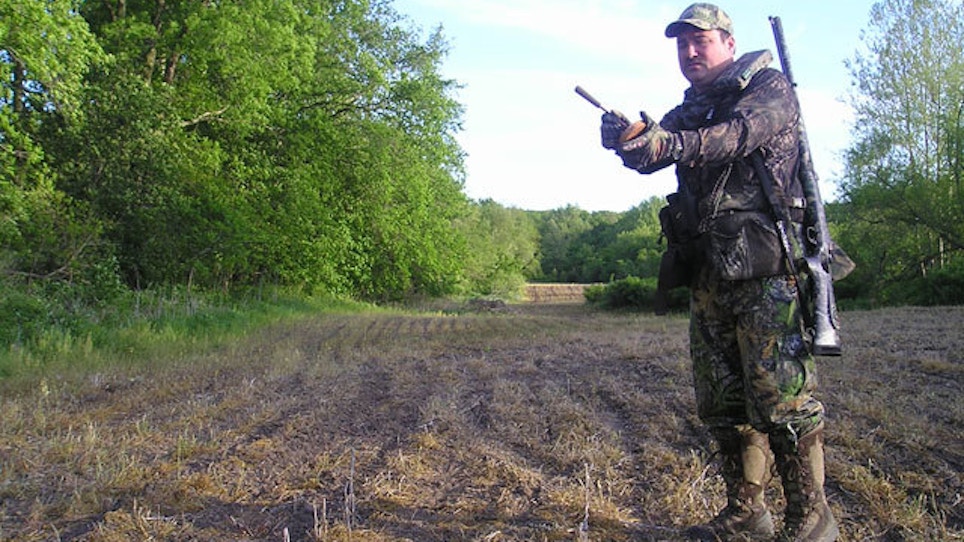Featured in Whitetail Journal's Special Digital Turkey Issue
Like any activity, turkey hunting has its share of cliches. One of the most common might be, “If gobblers are henned up, call to the hens.”
That’s good general advice. After all, hens are social creatures and communicate daily with other turkeys via an assortment of yelps, clucks, cutting, whistles, whines and other vocalizations. Further, most hunters have had agitated hens respond aggressively to their calling and come close to investigate, sometimes bringing a gobbler in tow with them.
However, advising a hunter to “call to the hens” vastly oversimplifies what should be a more complex approach.
Like gobblers, hens have many moods and are constantly sorting out their social hierarchy in the turkey pecking order. As such, they won’t always respond well to aggressive calling intended to provoke a reaction. This tactic works sometimes, to be sure, but not always. It’s often most effective early in the season, when hens are still in larger groups and jockeying for dominance. And of course, it works better with older, relatively dominant hens, not younger, submissive birds.
Instead of just going right at a hen aggressively this spring, try a different approach. When trying to engage a hen in conversation, ask for permission first. That is, use soft, clear yelps and clucks to engage a hen in conversation. Turkey pro Alex Rutledge taught me this tactic in Nebraska years ago, when he called in an entire flock of hybrids that responded to his coy yelping from several hundred yards away. Alex explained that subtle, clear yelping doesn’t indicate aggression or excitement. Loud, raspy yelping and cutting do. By starting soft, you’re essentially trying to strike up a conversation with a hen and asking permission to join its social circle.
When a hen responds, listen carefully, and try to determine the bird’s mood. This is just like taking a gobbler’s “temperature” when calling to a longbeard. If the hen responds in kind with soft, subtle calling, continue calling to it in that manner. You might call the hen and any other turkeys with it within range. Or perhaps you can at least get a fix on its location and make a move.
Conversely, if a hen seems to get excited or aggressive when responding, that’s your cue to ratchet up your calling. Interrupt the bird, and mimic it exactly. Use lots of aggressive yelping and cutting. Even throw in some aggressive purrs. The hen will likely go out of her mind and come in to squash the sassy interloper she’s hearing. Sometimes, a hen will get so wound up that she’ll refuse to leave unless you spook her. Usually, an accompanying gobbler will follow her to your gun barrel.
One caveat: If you yelp to a visible hen but she doesn’t respond and actually starts walking away, it might be wise to clam up. During peak breeding mode, many hens aren’t interested in conversation, and they’ll leave — taking any gobblers with them — rather than engaging another hen. In those cases, it’s better to slip around the birds and find a good ambush spot. Or, you can find another turkey — hen or gobbler — that wants to converse.






